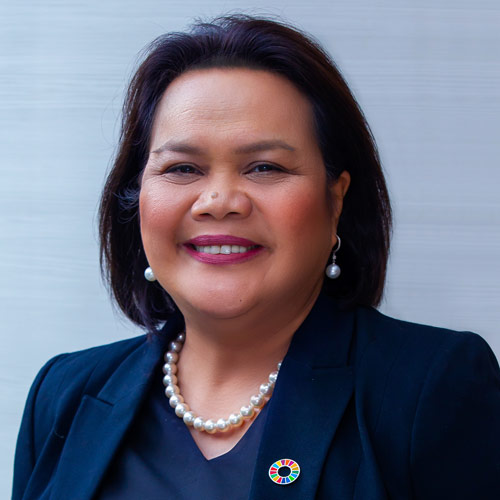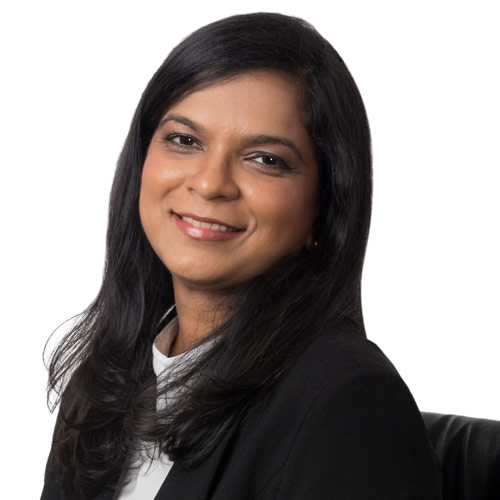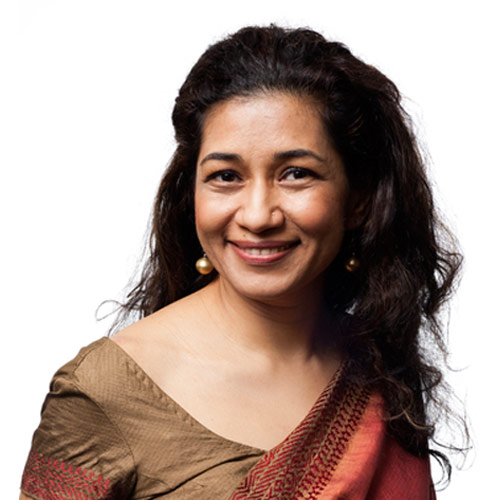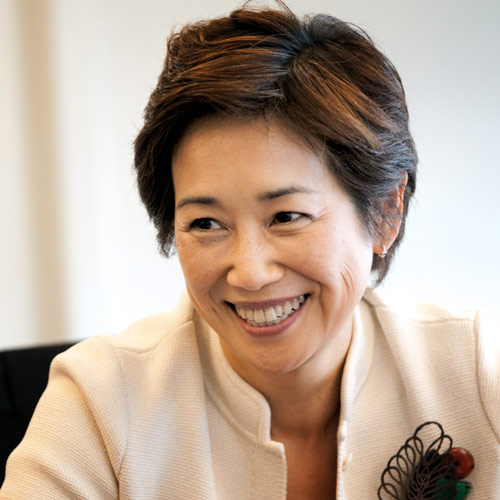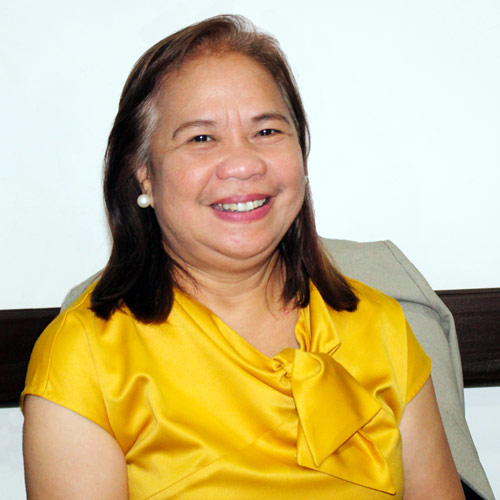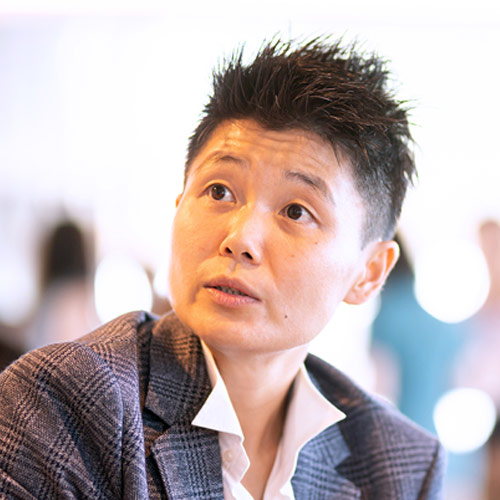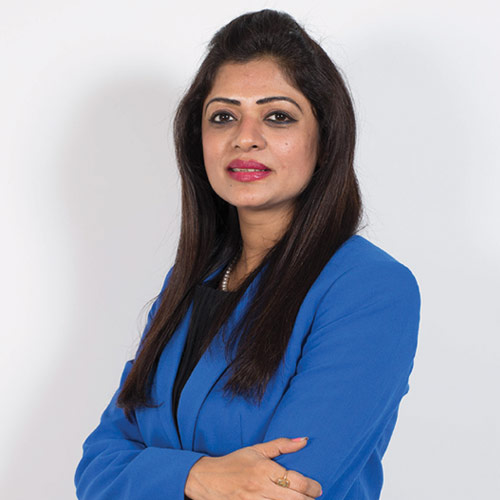Asia’s Top Sustainability Superwoman 2019
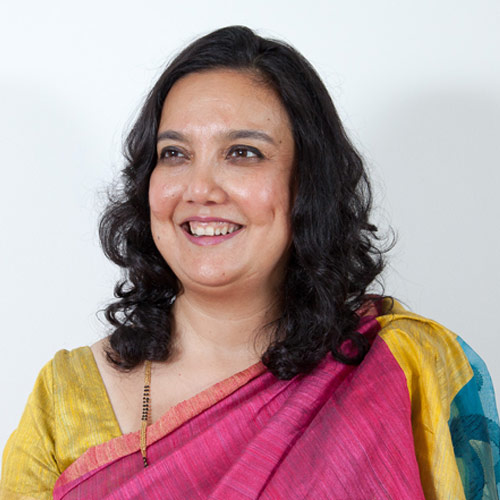
“Action Platform can help to lower investment barriers and raise awareness amongst private sector stakeholders on where the opportunities lie in investing in climate solutions. “
1. What have been your top achievements in sustainability so far?
We recently launched the AVPN Climate Action Platform (CAP), which is the first social investment platform to address the climate crisis in Asia. The Platform seeks to provide funders and resource providers with:
(i) concrete investment opportunities to address specific climate issues
(ii) climate investment trends and best practices to make more informed decisions
(iii) tools to track each individual’s progress to address climate action The goal of the AVPN CAP is to empower capital providers to move more financial and non-financial resources effectively towards impact.
Another initiative that I am really proud of is the AVPN Social Enterprise Development Toolkit, which helps social enterprises grow sustainably and become investment-ready. The Toolkit assesses the social enterprise based on its growth stage before providing relevant opportunities to gain funding or capacity building support. This process helps to not only reduce funding wastes, but also ensure we are targeting social enterprises’ needs to scale effectively.
2. What challenges have you faced along the way and how have you overcome them?
Even though we are seeing a promising trend as people are becoming more aware of the climate crisis, investors find it hard to identify concrete investment opportunities in the sector with good track records. I believe the AVPN Climate Action Platform can help to lower investment barriers and raise awareness amongst private sector stakeholders on where the opportunities lie in investing in climate solutions.
Another prevalent challenge that persists when building cross-sector partnerships is the lack of a common language framework to discuss pain points and goals. A frequent frustration we hear is the lack of a strong pipeline of investible deals while social purpose organisations find that funders do not understand them. To address this two-pronged issue, AVPN recognises the importance of a common language framework that establishes an understanding of key requirements needed at different stages of funding. As such the AVPN Social Enterprise Development Toolkit incorporates the Venture Investment Readiness and Awareness Levels (VIRAL) pathway that allows social enterprises and investors to have a common language to talk about the company’s current stage and what type of investors are best suited for the company at a given point in time.
3. What are the biggest challenges and opportunities you face today as a sustainability leader?
Some of the biggest opportunities I see are in the climate crisis – once of the biggest challenges any sustainability leader is facing. In Asia, AVPN’s members and the wider network are putting in immense efforts to ensure we address this global issue:
a. In 2017, the first ever green sukuk, green bonds that are compliant with Islamic finance standards, was issued in Malaysia. The following year, Indonesia issued the first sovereign green sukuk with a second tranche issued in 2019.
b. Southeast Asia Disaster Risk Insurance Facility (SEADRIF) offers a pooled insurance product that provides immediate payouts to governments during serious natural disasters, which currently covers Cambodia, Laos, and Myanmar. The parametric mechanism means that the insurance payout is triggered as soon as certain pre-set indicators for disaster occurrence (e.g. temperature, wind speed, rainfall intensity) are met, which means that the need to file claims and go through lengthy paperwork in order to receive compensation is eliminated.
c. Althelia Climate Fund raised a total of $140 million from investors including Credit Suisse through short-term fixed-income securities called “Nature Conservation Notes” that were marketed to the bank’s HNWI clients. The Fund is a blended finance fund supported by a $134 million USAID Development Credit Authority (DCA) guarantee, as well as funding from the Dutch Development Bank (FMO) and Church of Sweden. It invests in real asset around the world to promote conservation and ensure sustainable livelihoods for local communities, and aims to generate returns for investors through monetising carbon credits, sale of commodities from asset utilisation and other means.
d. Tropical Landscape Finance Facility (TLFF) finances projects in forest conservation, sustainable agriculture, and renewable energy in Indonesia. TLFF includes a lending platform that aims to channel at least $1 billion in long-term financing for such projects while improving the lives of local people. It is financed through a debt securitization programme managed by BNP Paribas. The securities are sold to mainstream investors such as family officers and insurance companies.
e. Seychelles Blue Bond, the world’s first sovereign blue bond. Launched in October 2018, the bond raised US$15 million from international investors, which will help expand and protect marine areas, improve governance of priority fisheries and develop the Seychelles’ blue economy. The World Bank assisted in developing the blue bond and reaching out to the three investors: Calvert Impact Capital, Nuveen, and Prudential. Standard Chartered acted as placement agent for the bond.
4. What further action on sustainability do you have planned for the future?
To address the $2.5 trillion development investment gap, we need to bring in mainstream private sector stakeholders who can unlock and mobilise such capital. By driving awareness campaign movements, AVPN seeks to inspire and encourage private sector involvement in social investment.
Leveraging the power of impact networks has never been more important to raise awareness of development issues and diverse ecosystem players have the opportunity to be part of the solution.
5. Can you give any advice to aspiring sustainability superwomen out there?
Push action in all your activities. The Climate Emergency is NOW and it is crucial for us to mobilize ALL stakeholders in our ecosystem to act together to combat this challenge which can destroy everything else.
